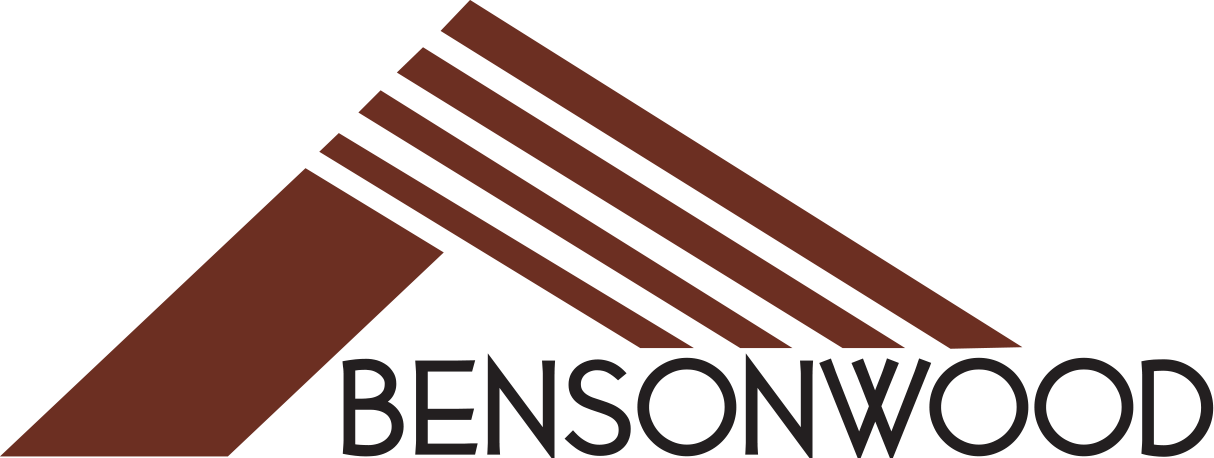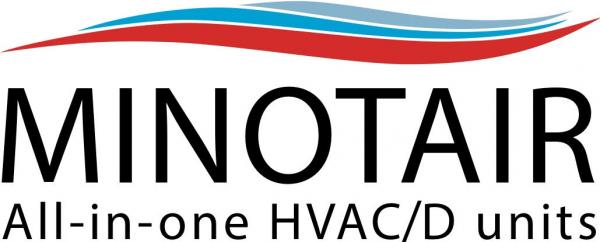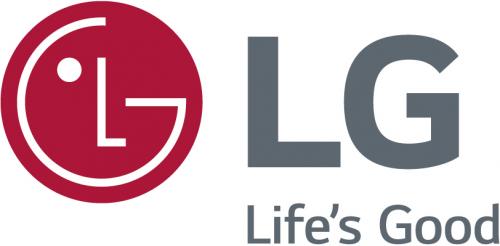Historic Buildings & Climate Change Mitigation: Case Study of a Low-Carbon Renovation
Retrofitting vacant and underutilized historic buildings to PHIUS standards leverages an existing building’s embodied carbon, which combined with low carbon and carbon storing materials, can transform our historic buildings into carbon sinks. With careful consideration, the Federal Historic Tax Credit program can provide an additional source of funding for these ambitious Passive House projects. Currently under construction, Moran Square is one of the first PHIUS Historic Tax Credit projects in the US. The site includes a historic firehouse, a vacant lot, and historic three-story building. Our team is retrofitting the two historic buildings and constructing a new five-story building on the vacant lot. To push it a step further, this 44-unit affordable project is using low-carbon materials during construction. During this presentation, we will share this project’s technical enclosure details, photos of construction, and stories from the field. We will also illustrate how we managed to meet rigorous historic requirements of the Federal Historic Tax Credit program, while achieving ambitious PHIUS and low carbon construction goals.
Session Speaker(s):
Session Chair(s):
Event Time:
CEU Information:
AIA 1.5 LU/HSW
BPI 1.5 hours
Mass. CSL 1.5 hour Energy
4.5 credit-hour packets available from PHIUS, RESNET, and Mass. CSL
Learning Objectives:
- Understand the process of choosing the technical enclosure details for a low carbon, PHIUS, historic project
- Explain the unique issues that come up when PHIUS is mixed with the Federal Historic Tax Credit Program
- Understand lessons learned to move future projects from low embodied carbon to carbon storage
- Understand issues that arise when trying to adapt existing building geometries to Passive House levels of performance
Session ID:











